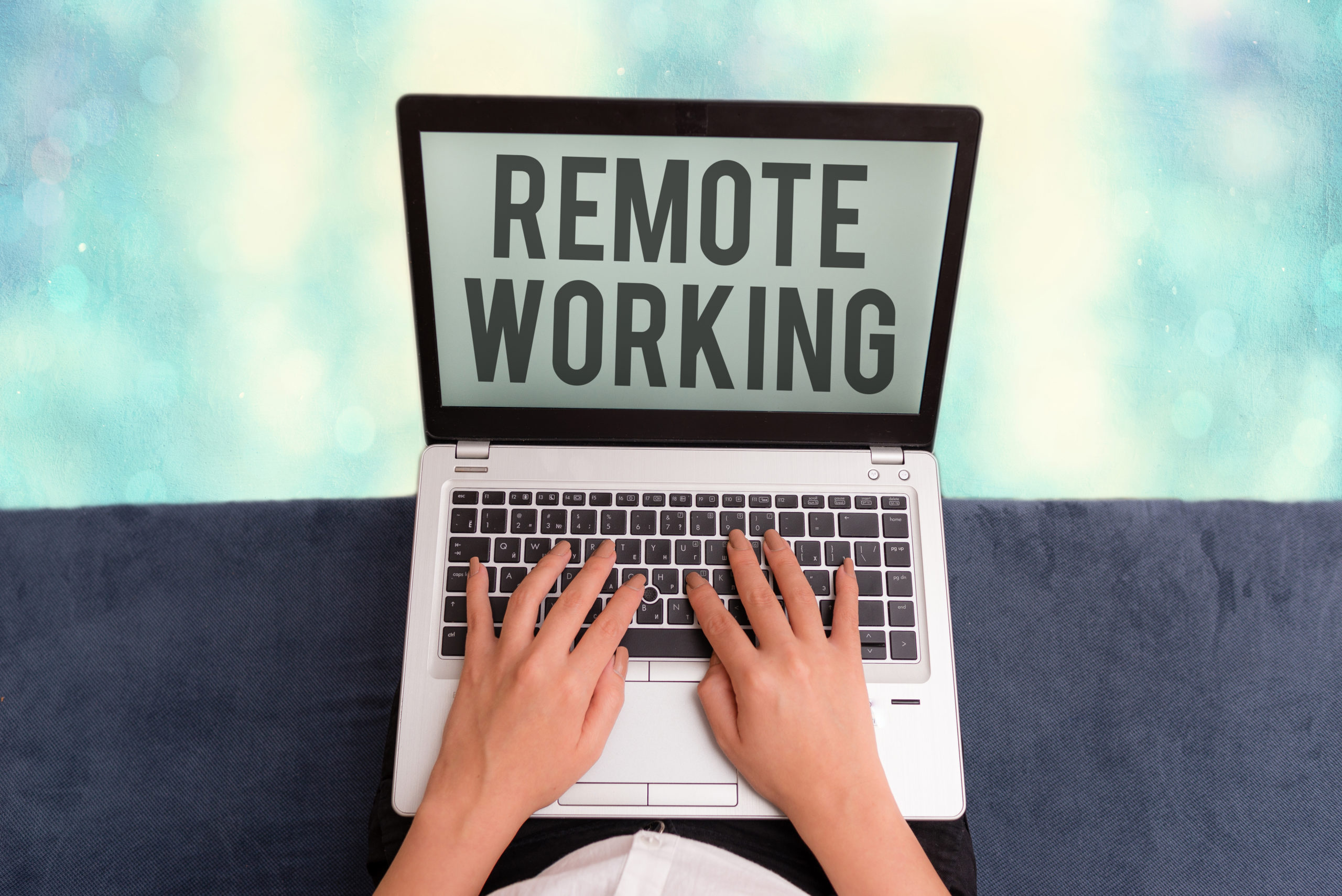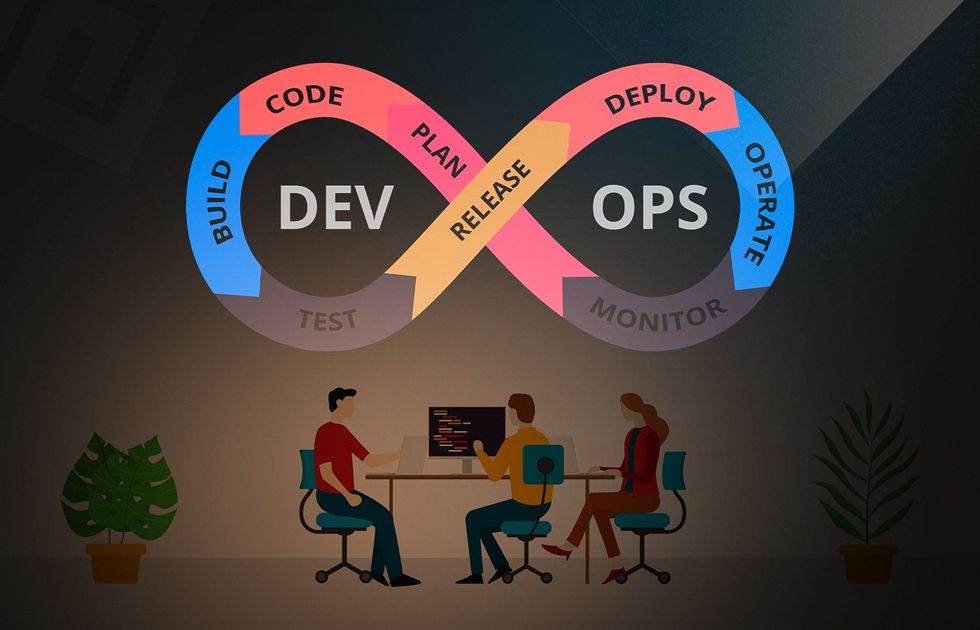Remember when “working from home” was something only freelancers and a few lucky employees did on snow days? Fast forward to today, and remote work has become as common in tech as energy drinks and mechanical keyboards. But after years of living this reality, it’s time to ask the hard question: Is remote work the utopia we thought it would be, or have we traded one set of problems for another?
The Dream That Sold Us All
Let’s be honest—remote work painted a pretty picture. No more soul-crushing commutes. No more pretending to look busy when your brain is fried at 3 PM. No more office politics around the coffee machine. Just you, your code, and the freedom to work from anywhere with decent Wi-Fi.
For many of us, the dream delivered. Sarah, a frontend developer I know, moved from San Francisco to a small town in Oregon and cut her living expenses in half while keeping her Bay Area salary. She’s got a garden now, can actually afford a house, and claims she’s never been more productive. Stories like hers made remote work feel like the great equalizer—suddenly, talent mattered more than geography.
The numbers seemed to back it up too. Companies reported higher productivity, lower office costs, and access to global talent pools. Employees were happier, less stressed, and had better work-life balance. It felt like we’d cracked the code on modern work.
But Then Reality Set In
Here’s what nobody talks about in those glossy remote work articles: the loneliness can be crushing.
I spent three months last year barely talking to another human being except for the occasional “You’re on mute” during standups. My cat became my closest colleague, and honestly, she’s not great at code reviews. The isolation isn’t just about missing office banter—it’s about losing those spontaneous moments where real innovation happens. You know, the random hallway conversation that sparks an idea, or the overheard phone call that gives you context you desperately needed.
And let’s talk about the elephant in the room: Zoom fatigue is real, and it’s brutal. I’ve been in back-to-back video calls where I felt more drained than after running a marathon. There’s something uniquely exhausting about staring at a screen full of faces while trying to read body language through a pixelated connection.
The Collaboration Conundrum
Remember when you could just tap someone on the shoulder and ask a quick question? Now that five-second interaction becomes a Slack message that sits unread for three hours, followed by a “quick call” that needs to be scheduled for next Tuesday. The friction is real, and it’s slowing us down in ways we’re only beginning to understand.
Junior developers have it especially tough. Learning to code is hard enough without missing out on the osmosis of overhearing senior developers troubleshoot problems or debate architectural decisions. How do you mentor someone through a screen? How do you build that sense of belonging that comes from being part of a team when your team is a collection of video squares?
The Blurred Lines Problem
Working from home sounds great until your home becomes your office, your bedroom becomes your conference room, and your kitchen table becomes your desk. The boundaries between work and life don’t just blur—they disappear entirely. I know developers who answer Slack messages at midnight “just to clear the queue” and others who find themselves working 12-hour days because their laptop is always right there.
The “always on” culture has intensified with remote work. When your coworkers are scattered across time zones, there’s always someone working, always another meeting to join, always another notification to check. The pressure to be visible and responsive has never been higher.
The Hidden Costs
Remote work isn’t free. You’re paying for your own internet, electricity, heating, and cooling. Your company might give you a laptop, but they’re not covering your ergonomic chair or your second monitor. And if you live in a small apartment, good luck finding a quiet space for that important client call when your neighbor decides to practice drums.
There’s also the career cost that nobody likes to discuss. Out of sight can mean out of mind when promotion time comes around. The casual relationships that often lead to opportunities just don’t develop the same way over video calls. Networking feels forced and artificial when it’s all digital.
But It’s Not All Doom and Gloom
Despite my gripes, I’m not ready to declare remote work a disaster. For many people, it’s been genuinely life-changing. Parents get to have lunch with their kids. People with disabilities have access to opportunities that were previously impossible. The flexibility has allowed people to design lives that actually work for them.
Some teams have figured out the secret sauce. They’re intentional about communication, creative about building culture, and disciplined about boundaries. They use asynchronous work to their advantage, document everything, and create virtual spaces that feel genuinely collaborative.
The Hybrid Reality
Most companies are settling into some version of hybrid work, and honestly, it might be the sweet spot. A few days in the office for collaboration and culture, a few days at home for deep work and flexibility. It’s not perfect, but it acknowledges that different types of work need different environments.
The key is being intentional about it. Use office time for the things that are genuinely better in person—brainstorming, mentoring, relationship building. Use home time for the deep focus work that benefits from a quiet, controlled environment.
So, Dream or Disaster?
The truth is, remote work in tech is neither a dream nor a disaster—it’s a tool. And like any tool, it can be incredibly powerful when used right and frustrating when used wrong. The companies and individuals who are succeeding with remote work have figured out how to be intentional about it. They’ve invested in the right technology, developed new communication patterns, and created systems that work for their specific context.
The real question isn’t whether remote work is good or bad—it’s how we can make it work better. Because whether we like it or not, remote work is here to stay. The genie isn’t going back in the bottle, and frankly, I’m not sure we’d want it to.
What we need now is honest conversation about what’s working and what isn’t. We need to admit that remote work has costs as well as benefits, and we need to be smarter about how we structure our work lives in this new reality.
The future of work isn’t going to be all remote or all in-person—it’s going to be about choice, flexibility, and finding what works for each person, each team, and each company. And that’s actually pretty exciting.
What’s your take on remote work? Are you living the dream, surviving the disaster, or somewhere in between? I’d love to hear your stories—the good, the bad, and the hilariously awkward.

With over 6 years of experience in the blogging world, I specialize in crafting engaging, informative, and SEO-optimized content across various niches including tech, digital trends, and online monetization. I thrive on staying ahead of industry trends, experimenting with new content strategies, and helping others grow their digital presence.



